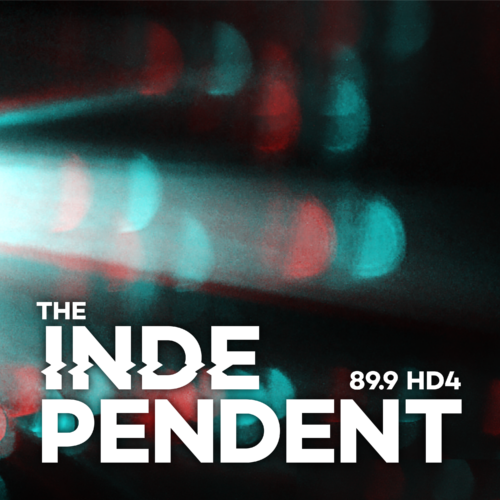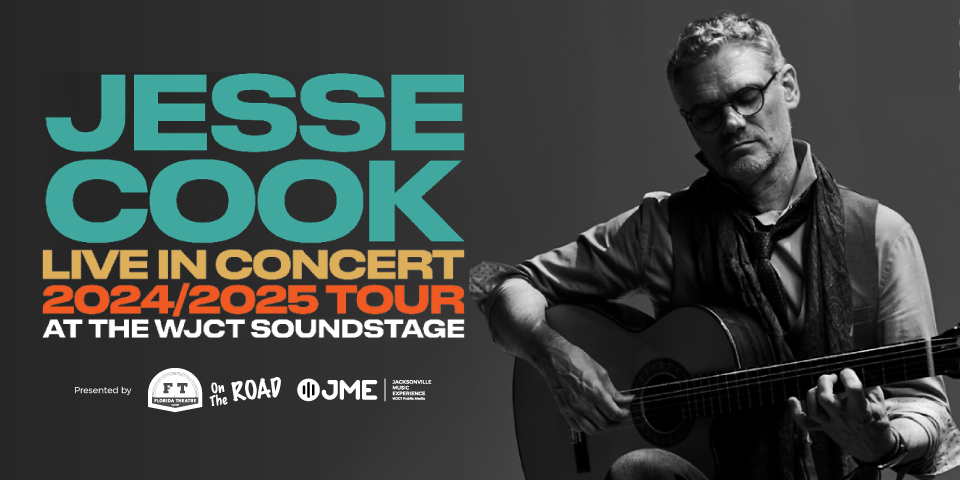In the early '90s, a string of hits produced by Jacksonville artists carried Southern hip-hop to the masses
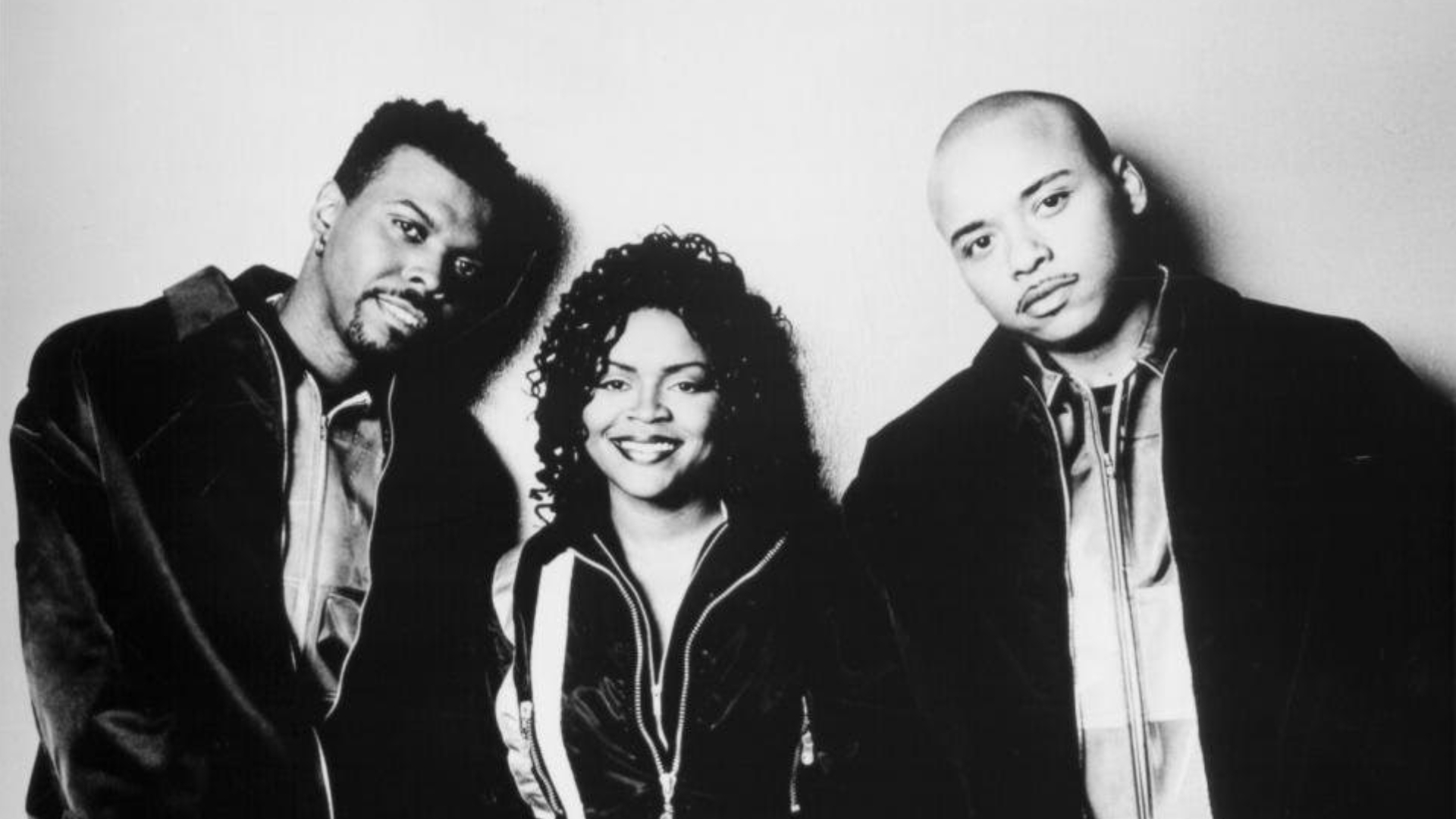
In observance of Black Music Appreciation Month, we’re celebrating the musical contributions of Black artists, including those from Jacksonville. This article was originally published in June of 2021.
Boom. Bottom. Slump. Knock. Quake. Drop. All aliases for the mover and shaker: Bass. The syrupy low end of countless hip-hop albums serves as the sonic signature of an entire genre: Bass Music or Miami Bass.
Characterized by tongue-in-cheek, hyper-sexualized lyrical content and the thick bass of the Roland 808 drum machine, Miami Bass was fun and party ready when it emerged from the historically Black neighborhoods of the Sunshine State’s cultural epicenter in the 1980s. Though it was an undeniably underground phenomenon, Miami Bass had an infectious spirit. Still, the sound had no purchase on commercial radio.
Enter Jacksonville-bred duo Jay Ski and CC Lemonhead, popularly known as the Quad City DJ’s. Beginning in the early 1990’s, Jay McGowan (Jay Ski) and Nathaniel Orange (CC Lemonhead) created catchy, subwoofer-rattling anthems under their Bass Mechanics pseudonym. The partners’ streak of chart-topping hits, beginning with “Whoot, There It Is” in 1993 and culminating with the theme to the Michael Jordan-starring box-office smash Space Jam in ‘96, was unparalleled for a hip-hop group at the time.
Like the sub-genre they helped pioneer, The Bass Mechanics would adopt a few aliases themselves. McGowan and Orange launched their musical careers alongside DJ MA and Mike Mike as the Chill Deal Boyz based out of Jacksonville, Florida. They would also, at turns, go by 95 South, 69 Boyz and most notably, the Quad City DJs. With a name cribbed from another bass pseudonym (quad), the DJs harnessed the energy and club vibes of Miami Bass to deliver “Tootsee Roll”, “C’mon N’ Ride It (The Train)” and the 360-slam-dunk “Space Jam.”
All told, over 25 million copies sold; an unthinkable success for a hip-hop group in the mid-90’s. Considering the milieu of rap at the outset of the last decade of the 20th century, singles by household names like 2Pac and Wu-Tang Clan sold barely a million copies. The longevity and legend of those artists far outpaced the Quad City DJ’s, but the vast reach of the feel-good party singles produced by the bass-loving duo cannot be minimized.
The Bass Mechanics emergence coincided with a changing of the guard in pop music. As more hip-hop artists were getting play on pop radio and the hugely influential MTV, the rap landscape was growing increasingly diverse too. New York rap still ruled with groups like Public Enemy and Eric B. & Rakim setting the nation’s style standard for rhyme prowess and bravado. West Coast acts like N.W.A. were making noise, but there was not yet the kind of diaspora we see today, where notable hip-hop acts emerge from virtually every city. Bubbling below, though, all the way at the bottom of the Sunshine State was Miami Bass.
“The Chill Deal Boyz was us trying to sound like the New York groups,” McGowan says of his and Orange’s first collective. “But one day, [Prominent Miami Bass producer] DJ Magic Mike out of Orlando said to us, ‘You guys are from Florida. Be from Florida.’”
Florida, and the entire Miami Bass scene at that time, was ruled unequivocally by 2 Live Crew. Led by the unfettered Luther Campbell, aka Uncle Luke, 2 Live Crew garnered its biggest success after with the 1989 album As Nasty As They Wanna Be. Featuring the regionally popular (but un-airable) single “Me So Horny,” the record caught the ire of The American Family Association, whose censorious vendetta brought the song even wider attention, eventually leading Nasty to be certified double platinum, the first record by a Southern hip-hop act to earn such status.
DJ Magic Mike’s influential bass albums, meanwhile, were the vanguard of the underground Bass scene. Albums titled Bass is the Name of the Game and Bass Is How It How It Should Be Done left little ambiguity on what was being offered. McGowan and Orange sought a marriage of the two, and were astute enough to understand that toning down the raunchiness and the bass could open up the music to the mainstream.
Heeding DJ Magic Mike’s advice, and certainly buoyed by the attention 2 Live Crew had drawn to Florida’s burgeoning rap landscape, McGowan and Orange wrote “Fatt Butt Girls.” A regional success for the Chill Deal Boyz, but too small a hit to turn into any real dollars. Yet, the group would continue to mine for turns of phrase that referred to a female’s rear end, striking gold with “Whoot, There It Is,” this time under the name 95 South. Released by the independent Atlanta-based Ichiban Records, the song was an overnight hit, peaking at number 11 on the charts and certified platinum by that summer.
“The Chill Deal Boyz were under contract with another production company,” Orange says. “It was Jay’s [McGowan’s] idea to launch a whole new group so we could get the record out. But it was still us making the beats and the songs.”
After “Whoot” McGowan and Orange teamed with the Orlando-based 69 Boyz, producing the smash “Tootsee Roll” in 1994. Selling over a million copies in the U.S., “Tootsee Roll” peaked at number 8 on the Billboard Hot 100. That same year, the duo was integral in the creation of the female Miami Bass group Dis-n-Dat, who released Bumpin’ on Sony subsidiary Epic Records. Bumpin’ was another financial success and garnered a Best Rap Album nomination from Soul Train’s Lady of Soul Awards.
“We developed our secret sauce with those records,” says McGowan of his and Orange’s potent, bass-centric fingerprint.
The sonic stamp of a Bass Mechanics song was an astute amalgamation of a few key elements. The bass, of course, was heavily present. But more important was the quality of the bass sound. Miami Bass lows augment the deep boom with a slow decay, creating a lingering ambience on each track. Architects of the sound like McGowan and Orange also tinkered endlessly with the tuning of each bass sound, dispensing a variety of pitches throughout each song. On the other end of the spectrum, hissing hi-hats serve as a dynamic juxtaposition to the extreme lows created by the bass.
Adding to the specialized formula, McGowan was adept at deploying simple, repeatable phrases that were as short as they were memorable. As much as they wanted listeners to feel the bass in their bones, McGowan and Orange also drilled into the brains of listeners with catchy call-and-response cadences, which were interrupted by short verses of rhymes dispensed briskly and enthusiastically to match the energy and tempo that undergirded each track. McGowan’s restated choruses artfully, yet forcefully, walked the tightrope between infectious and aggravating.
Then there was the ever-present crowd noise––perhaps the most recognizable sonic impression left by the Bass Mechanics’ brand of Miami Bass.
“We would get a bunch of people in front of a microphone and Jay would tell them to shout certain things together or scream and laugh. We were just having fun,” Orange says of the near constant din of mid-range static that lends the party atmosphere to the duo’s songs. “We were determined to make every record sound like it was recorded live.”
And the party was undoubtedly turned up; both loud and fast.
“132 was the magic number,” Orange adds, referring to the BPM or beats per minute, which is how tempo is typically noted. “We stayed at 132. Luke (Luther Campbell of 2 Live Crew) and them were upwards of 138. We felt that was a little too fast for commercial radio. When we landed on 132, we stayed there.”
Every element of their signature sound was present when McGowan and Orange pulled singer JeLana LeFluer into the fold to form the Quad City DJ’s, taking the surefire hit “C’mon N’ Ride It (The Train)” to Atlantic Records. Incorporating a hodgepodge of samples, including Barry White’s “Theme from Together Brothers” and Laura Olsher’s “Little Engine That Could,” the song was a bass-heavy ear worm traveling at 132 BPM. It reached number 3 on Billboard’s Hot 100 chart and earned the Quad City DJ’s broad praise, even from the typically highbrow Village Voice, who named it the number 1 song of 1996.
Even before “The Train,” major labels were fawning over the hit-making duo, and the decision to release the record on Atlantic came with an enticing opportunity. Atlantic’s team was bidding for the soundtrack of a 1996 animated basketball movie starring Michael Jordan, who in the mid-90s was Beatles-level famous.
Atlantic secured the soundtrack for Space Jam by locking in commitments from its roster of artists to sign on and write a song for the movie. Having recently signed to the major label, and owning the number three song in the country at that moment, the Quad City DJs were perfectly poised to have a hand in the soundtrack. McGowan was thinking a bit bigger.
“I told the label execs, ‘We’ll sign on to do the soundtrack, but only if we can do the title track.” McGowan says. “We were making hits. They weren’t going to say ‘no.’”
The Space Jam soundtrack sold over six million copies in the United States alone and reached the number 4 position on the Billboard Hot 200 chart in 1996, with global sales exceeding seven million. But just as the world had opened up to Quad City DJs’ brand of booty-shaking-bass-meets-feel-good-dance hits, the hip-hop landscape was changing yet again.
While the themes stayed the same, hip-hop was expanding, with more players from disparate parts of the country adding their own colloquial flavor. Outkast, a group most often associated with Southern hip-hop, began its near decade-long domination of the hip-hop charts in ‘96 with the release of ATLiens. Nearby at Atlanta’s So-So Def, a DJ and A&R man by the name of Lil’ Jon would soon have pop-fans dancing and grooving to the bass, though they’d “Get Low” at closer to 100 BPM. Together with Master P’s No Limit Records, as well as Brian “Birdman” Williams’s Cash Money Records, both out of New Orleans, hip-hop HQ would have dozens of satellite offices by the turn of the century.
“Fundamentally, hip-hop wasn’t going anywhere, but it was going to continue to evolve no matter what,” Orange says. “I feel like we didn’t capitalize on the changes in hip-hop that were coming at that time.”
By the time the Quad City DJ’s peaked, Orange says he was already disillusioned with the repetitive nature of the Bass Mechanics’ formula. The continuous touring left little space for artistic exploration, he says. The duo arrived at an impasse, as McGowan was keen to follow the duo’s trajectory––a meteoric rise no doubt––by continuing to put out Miami Bass-centric fare.
“If I could go back and do it again, I would have recognized our influence on the burgeoning ‘Southern Rap’ and I would have tried to sign groups like Outkast and others that were coming up,” McGowan says. “But we don’t get to pick our legacies and we can only stand by what the songs have become and what the people decide to remember us by. Everyone was having a good time, dancing and having fun. If I am remembered that way, then I will be very happy. We had fun. We made people dance.”

Bass-heavy and party songs are immortal, though. And the Bass Mechanics success remains a high-watermark for Miami Bass. Today, you can hear much of the Miami Bass signature in songs by artists like South Florida’s Kodak Black, whose tune “Easter in Miami” delivers plenty of boom, though at a much slower tempo than 132 BPM.
Orange recognizes the Bass Mechanics prevailing influence and is grateful for his role in hip-hop’s timeline. “The 808 beats, the crowd sounds––we did what I wanted to do all along: Bring bass to the world.”
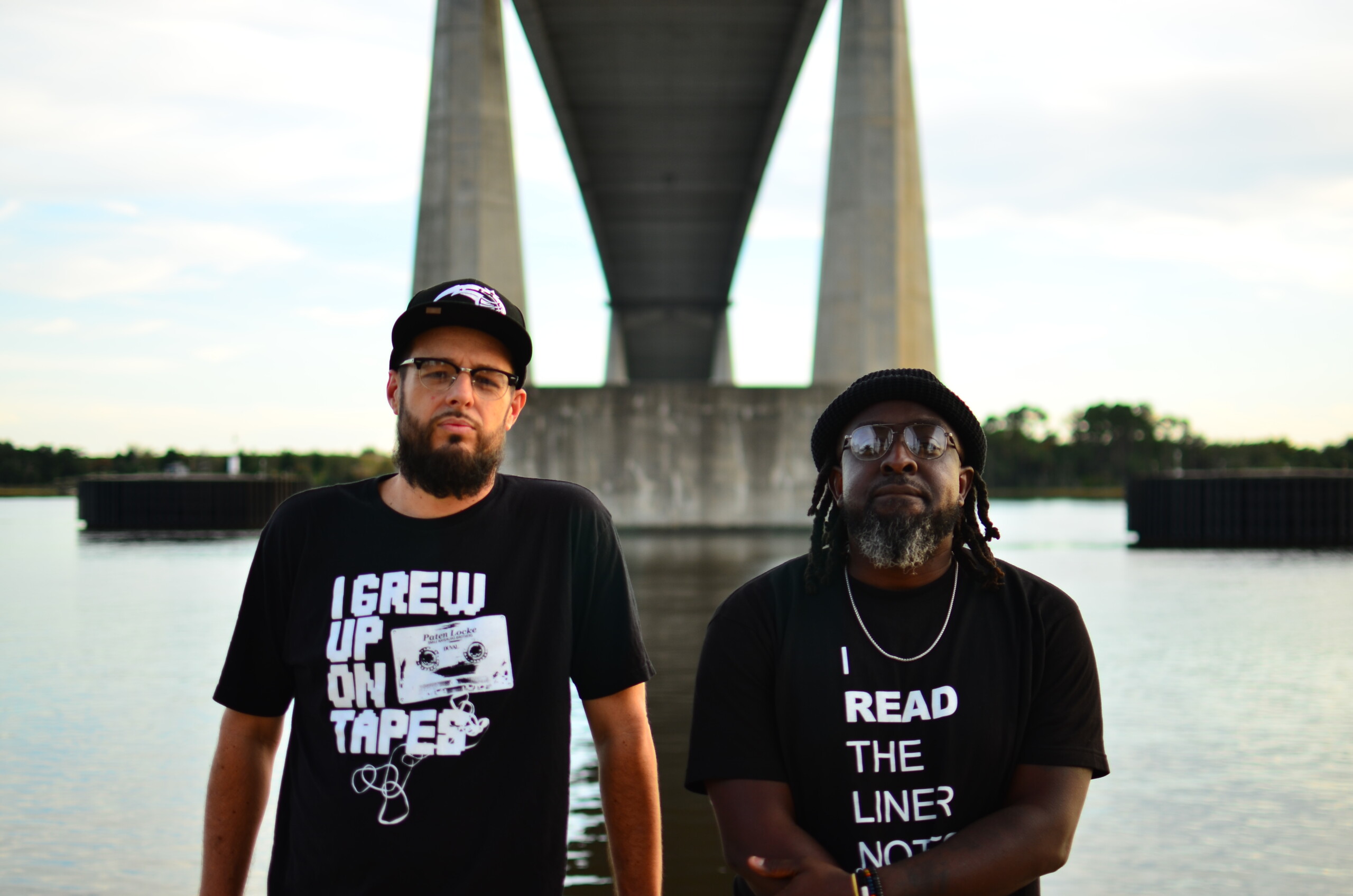
Mr. Al Pete and Notsucal Release Their Latest Collab, ‘G4.5’
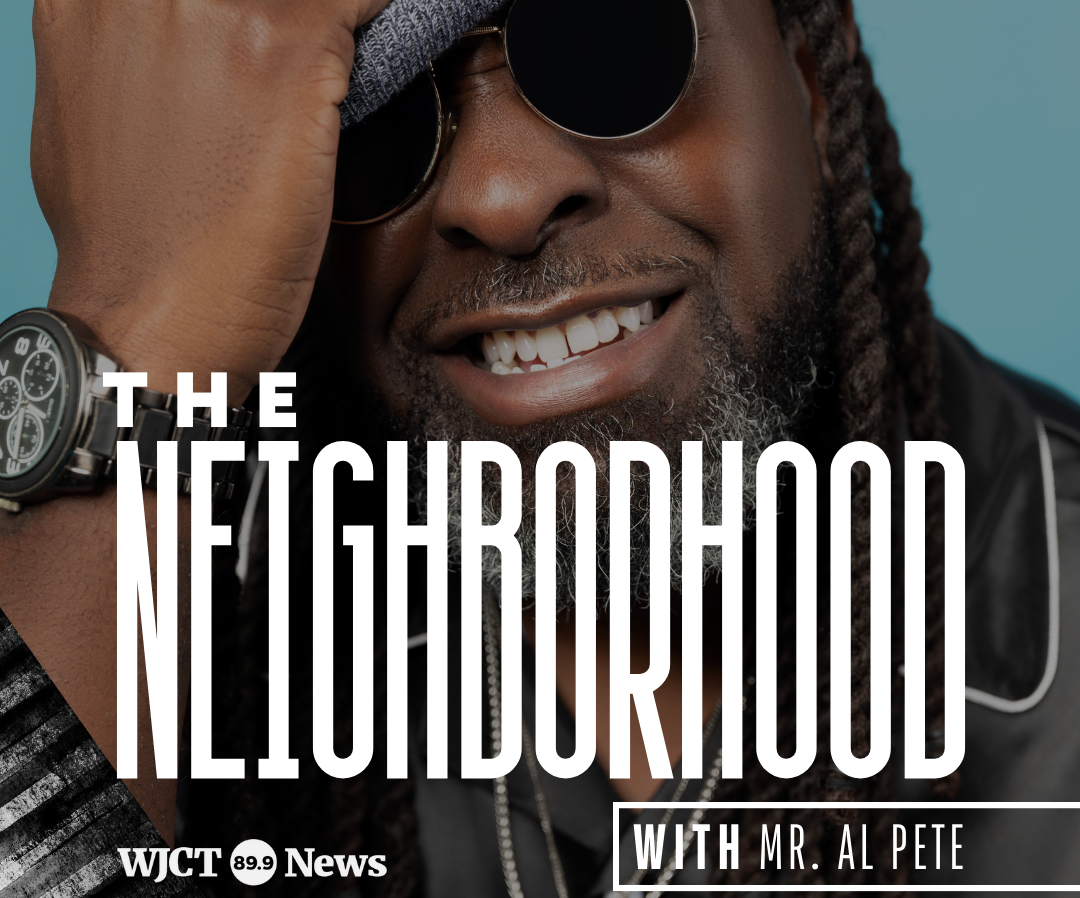
Dinner Party, Tom Misch and More from the Neighborhood with Mr. Al Pete

An Ultra-Chill Playlist from the Latest Episode of Electro Lounge
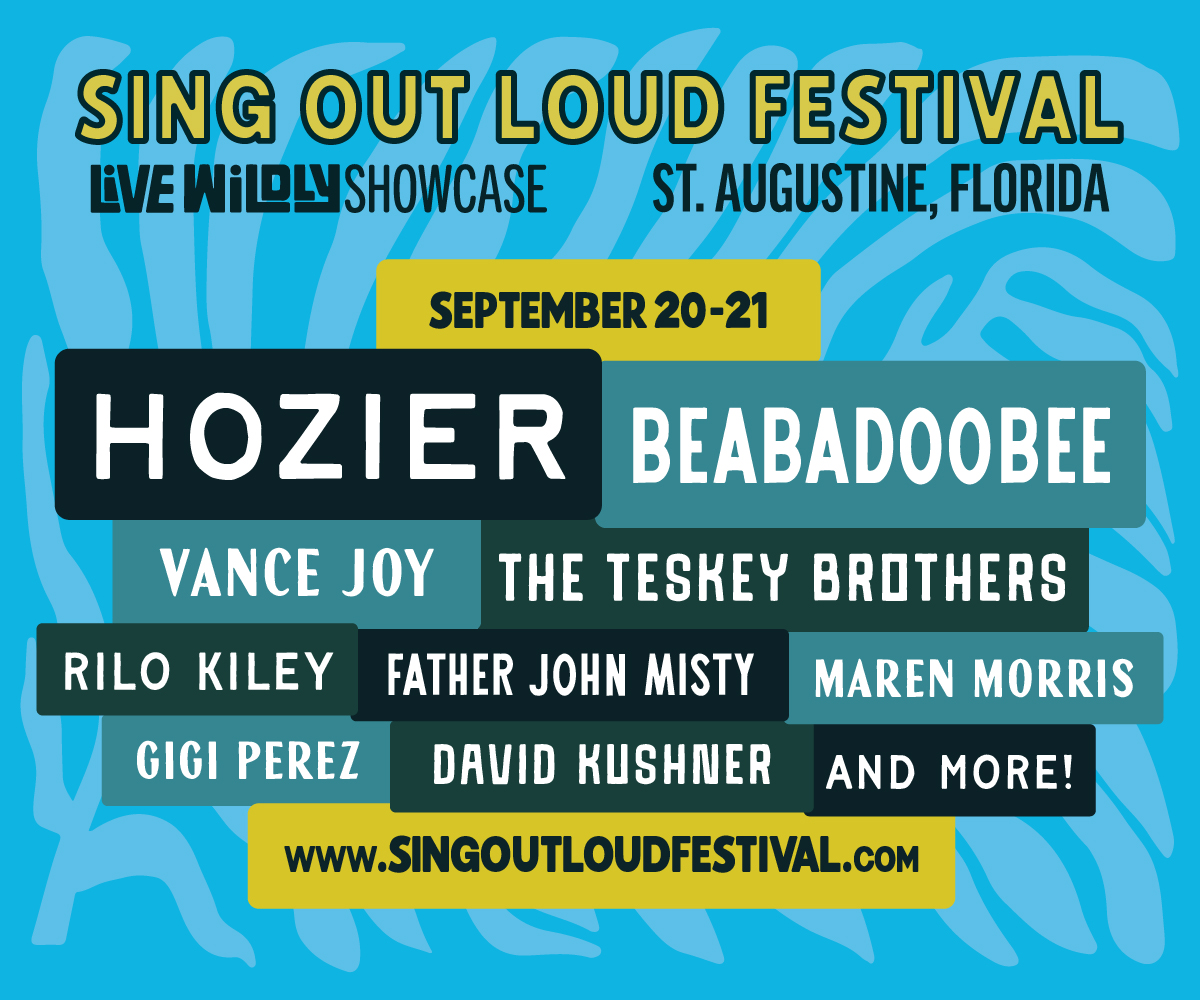
Sing Out Loud Festival Returns With Hozier, Beabadoobee, Father John Misty, Vance Joy and More

Chicago Alt-Country Faves Wilco Return to St. Augustine with Indie-Folk Great Waxahatchee

Looking for an Alternative to Spotify? Consider Hopping on the band(camp) Wagon
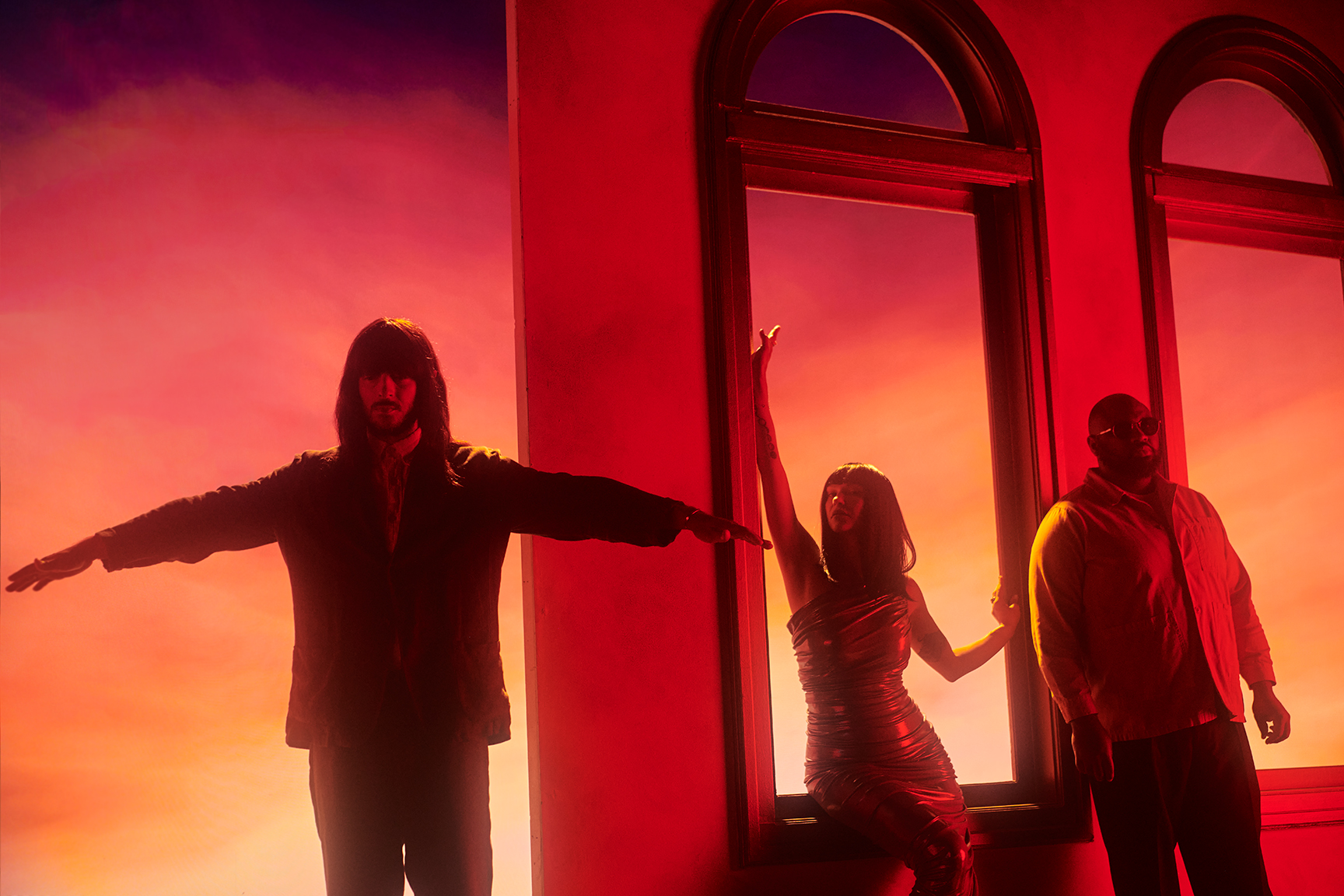
Khruangbin to Bring ‘A LA SALA’ Tour to St. Augustine in April

Perfume Genius, Flipturn, Tamino + Mitski and 6 New Songs to Stream

Song of the Day | “all tied up” by Glixen



